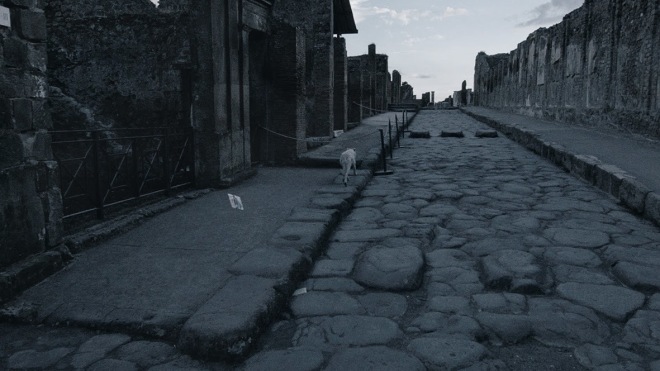
By looking to the Mediterranean past, the exhibition attempts to grasp the mysterious prophecy at work in the mechanism of the fall of empires. In particular, it highlights the dialectical interplay between decadence and emancipation, vandalism and heroism, or ruin and foundation. These are the stages that always accompany the inevitable questioning of every civilisation.
The artworks have been chosen for their equivocal beauty, as well as for their commitment which is not limited to a historical reading of the theme, but rather approaches 'empire' as an entity of political, moral or cultural domination that needs to be re-examined. The exhibition takes visitors on a journey through time to the heart of Bonifacio's heritage, a city that was the target of many powers (Pisan, Genoese, Aragonese, etc.) and even the temporary home of a future emperor: Napoleon Bonaparte.
This second edition of the Biennale, with just under twenty artists invited, recounts the nostalgia of lost paradises, the emancipation of thought, the slow conquest of freedom and the cyclical nature of the construction of an ideal that already carries within it the seeds of its destruction. It embodies both in its palindrome title - Roma Amor - and its visitor experience - a reversible itinerary that can be taken in two directions - the ambivalence of history, combining destruction and creation.